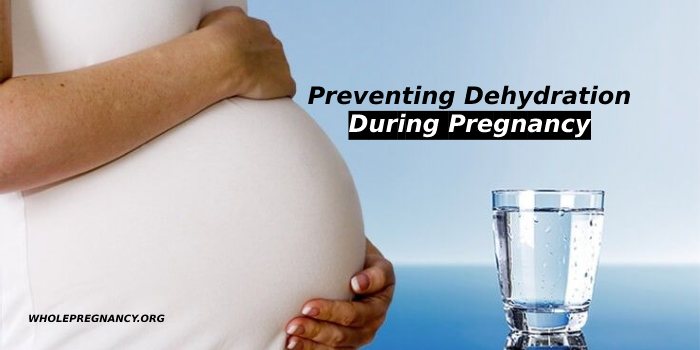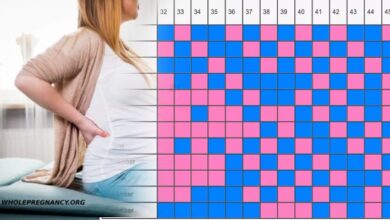
While dehydration can happen at any time, it is especially dangerous during pregnancy. Your baby will also need water, as you drink more water than you normally when you are pregnant. Water is vital for life. Water plays an important role in the development of a healthy baby. It is essential to stay hydrated. These are the signs and precautions you should take to avoid dehydration in pregnancy.
What is Dehydration During Pregnancy?
Your body loses water faster than it can absorb other fluids. This is called dehydration. Your body may find it difficult to perform its normal functions. You can become dehydrated if you don’t replenish the fluids. This is particularly concerning during pregnancy. The placenta is made from water, which provides nutrients for your baby’s growth. It is also used to make the amniotic capsule. It can cause serious complications during pregnancy, such as:
- Neural tube defects
- Low amniotic fluid
- Premature labor
- Low production of breastmilk
- birth defects
During pregnancy, your body uses more water. If you don’t take care to replenish fluids, dehydration will be a problem. Dehydration is more common if you have morning sickness, which makes it difficult for you to keep things down. Vomiting can cause a deficiency in fluids and electrolytes as well as loss of stomach acid. Overheating can become a problem as you get further along your pregnancy. This is another sign of dehydration. Dehydration can also be caused by:
- Exercise vigorously, especially if it is warm.
- intense diarrhea
- vomiting
- Fever
- Excessive sweating
- Not drinking enough water
What signs are there of dehydration in pregnancy?
Your body starts to show signs when it becomes dehydrated. You should be able to recognize these signs. A common sign of dehydration is maternal overheating. Your body might have difficulty regulating heat if you don’t drink enough water. This can lead to heat exhaustion. Another warning sign is dark urine. Clear urine is a sign that you are properly hydrating. These symptoms can also be caused by mild to moderate dehydration
- dry, sticky mouth
- Sleepiness
- Feeling thirsty
- Reduced need to urinate
- Headaches
- Constipation
- Dizziness
Drink water if you are experiencing any of these symptoms. You can also call your doctor to discuss what’s happening. Dehydration during pregnancy can also cause Braxton Hicks contractions. They are a tightening in the uterus that lasts for a few seconds. These contractions are more common in the third trimester. However, you might feel them in the second trimester of pregnancy. This could indicate that you are not properly hydrating if you notice a lot of them. Drinking water can often reverse mild to moderate dehydration. However, severe dehydration, particularly during pregnancy, requires immediate medical attention. These are the symptoms of severe dehydration:
- Extreme thirst
- Excessive dryness of the mouth, skin, or mucous membranes
- irritability, confusion
- You can have little to no urine
- Very dark urine
- sunken eyes
- Rapid heartbeat and rapid breathing
- Low blood pressure
You should also be careful with your skin. If your skin is dry, shriveled, lacks elasticity, or pinched in a fold that doesn’t bounce back, it could be dehydrated. You should seek immediate medical attention if you have any of these symptoms.
Preventing Dehydration During pregnancy
It doesn’t have be hard to prevent dehydration. Drinking plenty of water throughout pregnancy and afterwards is the best way to keep hydrated. Get at least 8 to 12 glasses of water daily. Drink fluids after meals to avoid indigestion. Morning sickness can make it difficult to swallow fluids. Talk to your doctor if you have severe morning sickness.
Avoid caffeine as it can cause you to need more urine. Water is the best, but you can also consume milk, natural juices and soup. It’s easy for you to get dehydrated if you don’t replenish those fluids. Exercise, strenuous work and any other activities that can cause heat should be avoided. Overheating can occur even in hot or humid outdoor environments.
How much water should a pregnant woman drink?
Your body is losing more water than it takes in, which can lead to dehydration. You need at least 8-12 glasses of water per day when you are pregnant. Water plays an important part in the development of your baby. It helps to form the placenta which is what your baby depends on for nutrients. Later in your pregnancy, water is used to create the amniotic capsule. It is crucial to avoid dehydration in pregnancy.
What To Do Next
Dehydration can happen to anyone. However, pregnant women are more at risk. Focusing on hydration is the best way to avoid mild, medium, and severe dehydration. When you travel, make it a habit of carrying a water bottle. Keep track of how much water you drink. Your body and baby will be well fed if you drink enough water each day.




